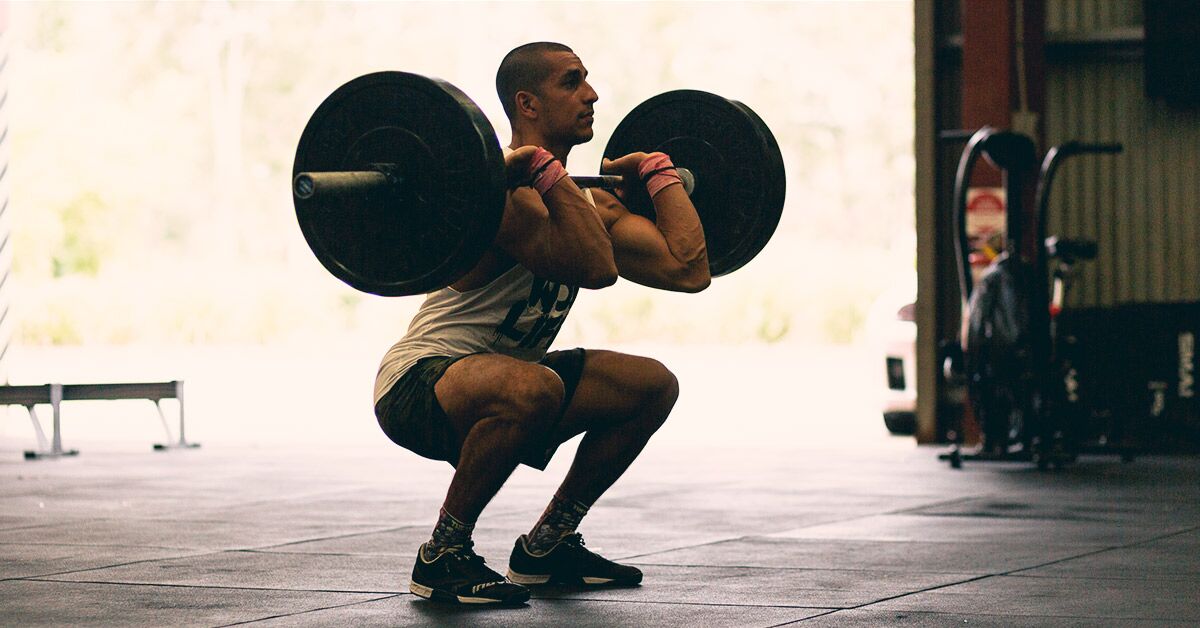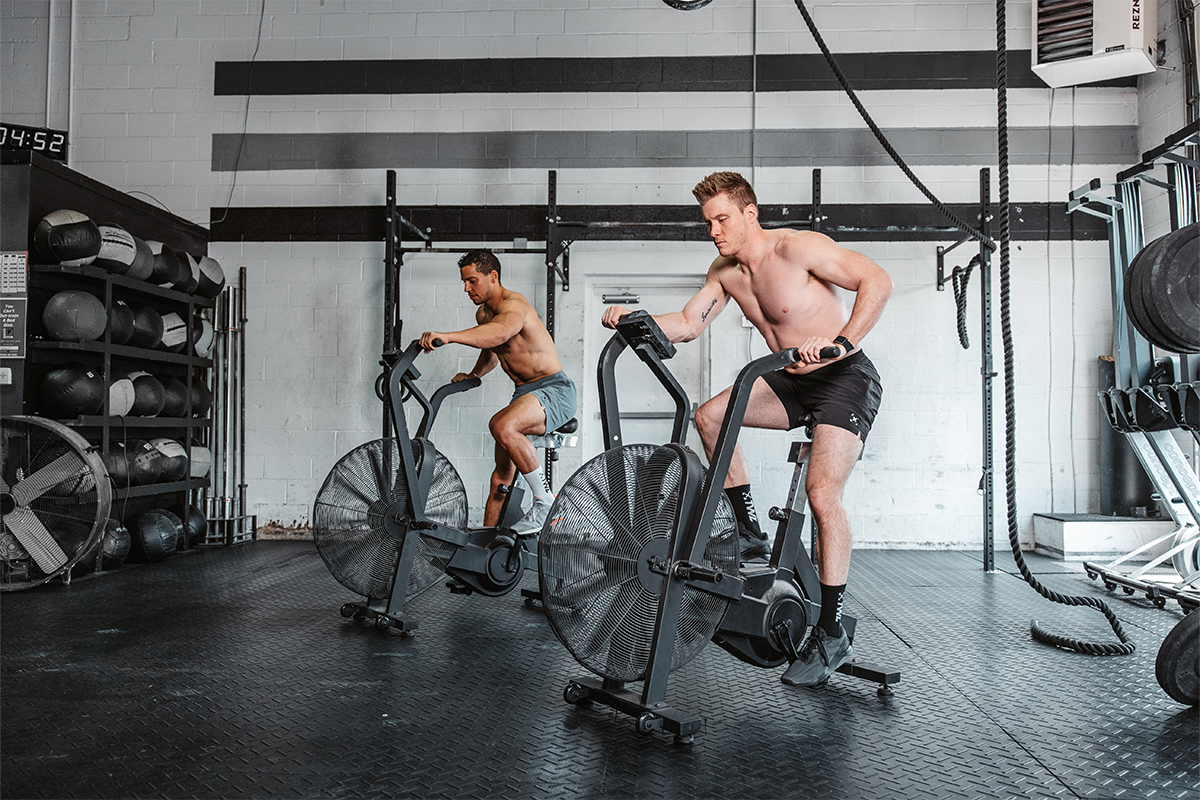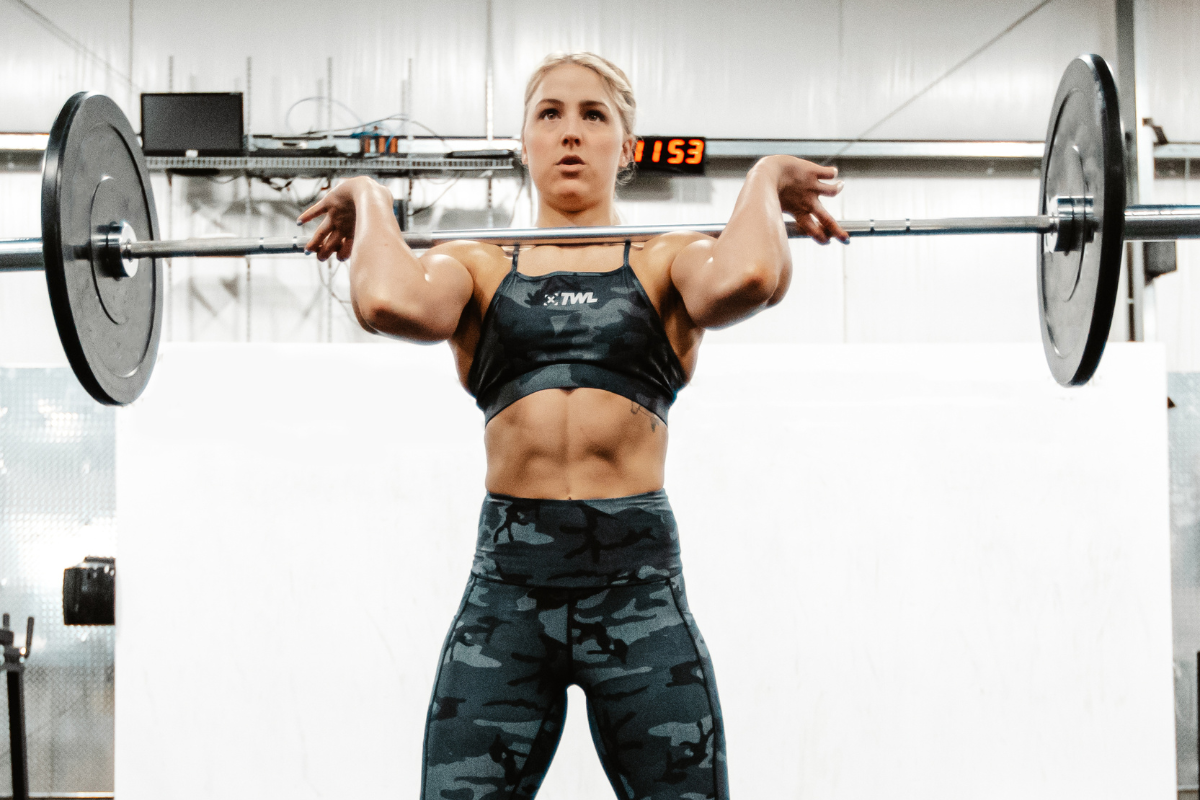Let’s be honest, we all have those movements we avoid like the plague because they are not our best. We stick to the comfort of the movements and skills that we are good at because, well, they feel good. However, there is a reason why CrossFit brings influence from sports like gymnastics and weightlifting; to make us all more well rounded athletes.
There is a good chance you know what you need to work on, but that’s the easy part. Not to discount this, because knowing is half the battle, but the most important discover to make is figuring out what the root of the problem actually is. Let’s take the clean for example. Maybe you have a difficult time increasing weight because you aren’t getting under the bar.
This element of the lift is extremely important and it could be that the issue isn’t in the ability to drop squat, but a mobility issue in the shoulders and traps hindering your front rack position. Or maybe your front rack position is solid and the issue lies in the neuromuscular pattern you’ve developed from pulling as hard as you can through the power clean, as opposed to pulling yourself under the bar for the full squat clean.
So, how do you find the root cause of your limitation? Even the most experienced athletes probably need support in finding what’s holding them back. This is a great time to grab a camera and press record. Ask someone who is familiar with your training, like a coach or an experienced gym partner, to take a look. Have them go over your movement patterns with you because chances are they will probably be able to identify something you are doing subconsciously.
In the analysis, be sure to really look at your own movement, too. Sometimes seeing your movement is a much difference experience than feeling the movement when you are executing the lift or skill. Something to consider, too, is that figuring out the root of the could be as easy working backwards to any previous injuries, even if they occurred years ago.
After you figure out the root cause, the next step is to correct the problem. Make your once weakness, a strength. This will likely require the expertise of your coach in order to help you develop a program to make you stronger. For the previous clean example, if you found the neuromuscular pattern to be the issue, a lot of tall cleans could be in your future. And if your front rack was the issue, you’d have a whole lot of mobility drills to look forward to.
A few things to keep in mind is that you should always focus on one limiting factor at a time rather than going ham, trying to fix everything at once. Also, within your programming you should carve out time to measure your process every week. With this measurement you will be able to determine if you conquered your weakness or if you need to tweak your programming to get there.
Happy training!



















